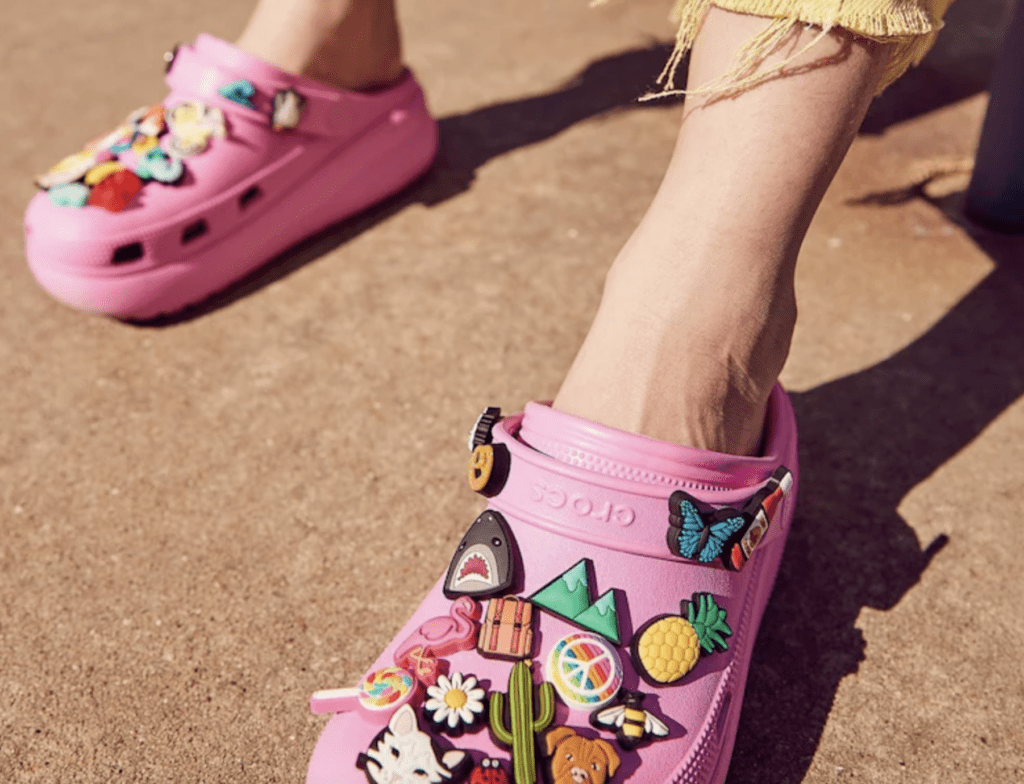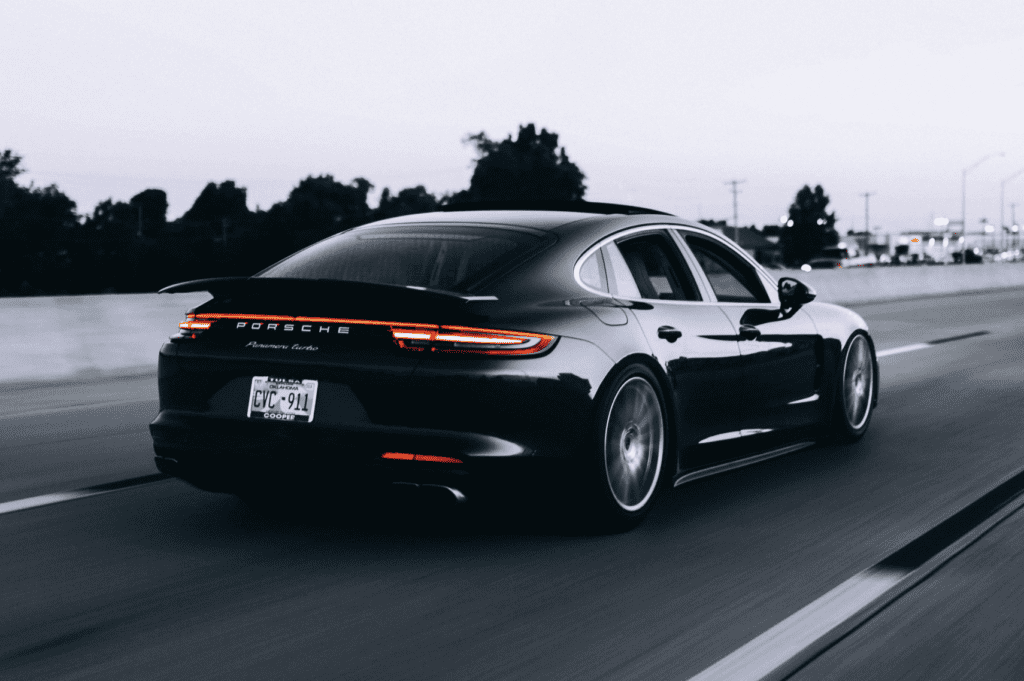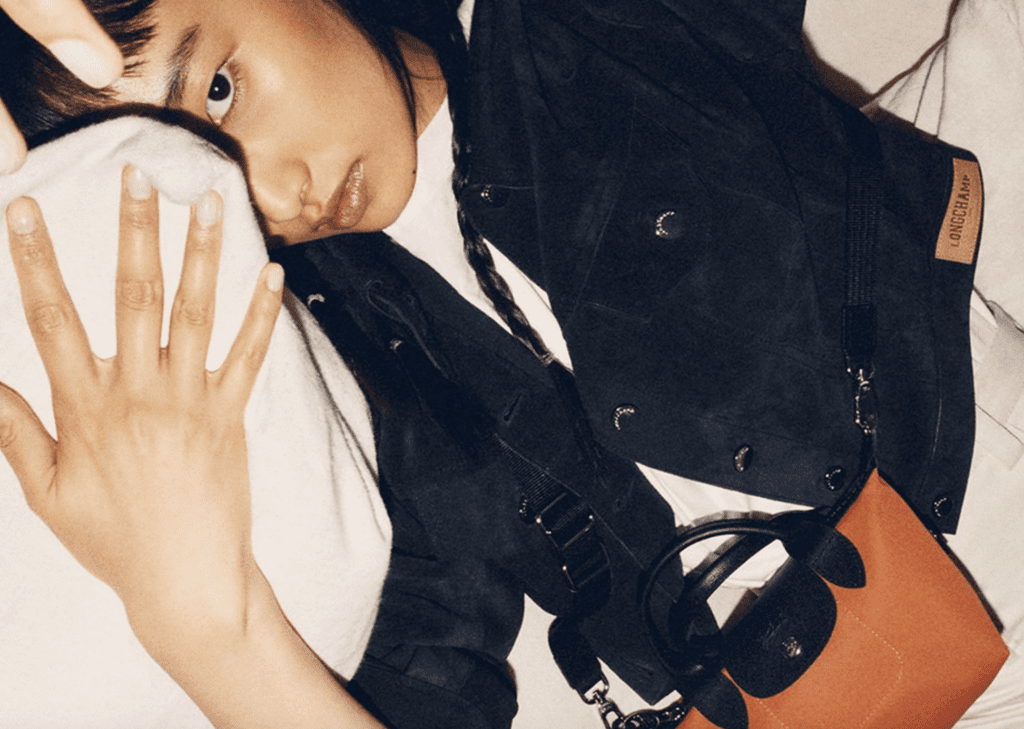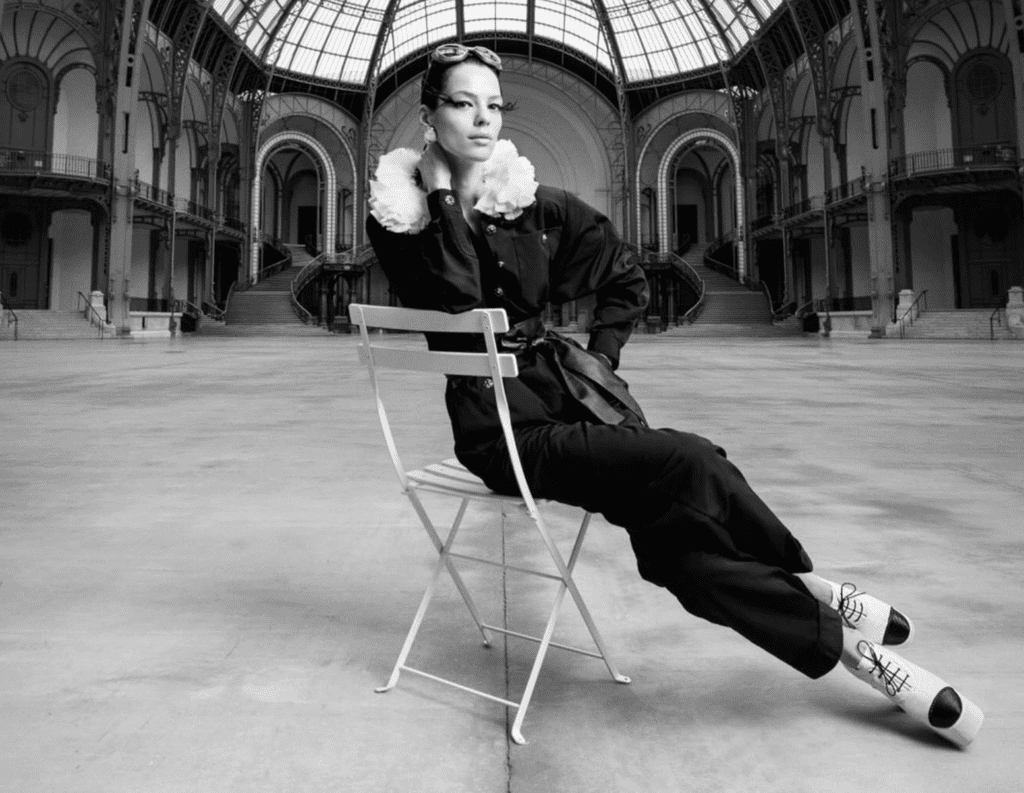Your favorite brand’s social media follower count and engagement levels are probably not as impressive as they seem. But you already knew that. It was not even four months ago when the New York Times published a damning exposè that shed light on rate at which politicians, actors, entrepreneurs, and television personalities have taken to buying fake social media followers to boost the credibility of their online – and off-line – profiles. Unsurprisingly, faux followers are still running rampant in the social media followings of some of the world’s top consumer goods and services groups, and brands are still shelling out top dollar for influencer-related posts.
According to a new study by Points North Group – an influencer marketing consultancy devoted to getting “real measures of [the effectiveness] of influencer marketing” – topping the list of “Brands Whose Instagram Sponsored Posts Had Highest Fake Follower Percentage (over $10k Spend) in March 2018” is Ritz-Carlton. Points North Group revealed that of the social media engagement the luxury hotel chain experienced in connection with influencer campaigns, 78 percent came from fake followers – or bots.
Also up there on the list of brands benefiting from fake follower engagement in connection with influencer marketing.: Neiman Marcus, which had a 22 percent level of fake follower engagement for the month of March, Designer Shoe Warehouse – or DSW – had 29 percent, French cosmetic company L’Occitane with 39 percent, and Crocs with 25 percent.
According to AdAge, “Fake follower counts are based on Points North scanning followers of influencers to sort out such things as accounts making comments in languages that don’t make sense for the content or the influencer, or accounts making the exact same comments across multiple influencers and posts. Points North co-founder Peter Storck says the algorithm is similar to what e-mail users lean on to sort out spam.”
Among the top influencer ad spenders are a slew of brands that routinely tap Kardashian/Jenners to endorse their products. This includes the questionable Flat Tummy Co, which spent $1,560,178 in March 2018, alone, Waist Gang Society, which spent $317,783, and SugarBearHair, which shelled out $316,182. In the number 10 spot is Calvin Klein, yet another Kardashian/Jenner Instagram fan. The New York-based fashion brand spent $250,763 last month, a sum that likely included a paid-for post on Kourtney Kardashian’s feed.
On the plus side, Chloé, Marc Jacobs Beauty, and beauty retailer Ulta were a few of the brands that landed on Points North’s list of most effective spending, i.e., “Brands Achieving Lowest Effective CPMs [cost per thousand impressions] for Instagram Sponsored Posts.”
The rampant presence of bots on social media – which could very well give rise to theories of engagement fraud – was lost on brands for years. Many brands’ collective failure to put precise measurement systems in place to gauge the specific return-on-investment for influencer marketing campaigns enabled many big-name influencers to land wildly lucrative deals without having to show precisely how effective their endorsements actually were.
As Digiday reported last year, a single day’s worth of posts tagged #sponsored or #ad on Instagram contained more than 50 percent fake engagement, and out of 118,007 comments, 97,065 created by bot accounts.
With the value of ad spending rising in connection with influencer marketing, at least some brands appear to be wising up about the potential for fraud. As Launchmetrics, the New York-based launch-to-market software company, reported last month, 46 percent of the brands it surveyed said they prefer working with micro-influencers, those who have between 10k to 100k followers, as opposed to those with larger following simply because these individuals are proving to be more effective tools and their endorsements often lead to higher rates of authentic engagement.
All the while, big-name influencers seem to be readying for a large-scale change of tune amongst brands, with many opting to launch their own labels in order to supplement their bottom lines in case brands start carefully gauging the level of bot-driven vs. authentic engagement that their oft-costly posts drive, which could prove damning for the effectiveness and thus, the attractiveness of influencer marketing.











